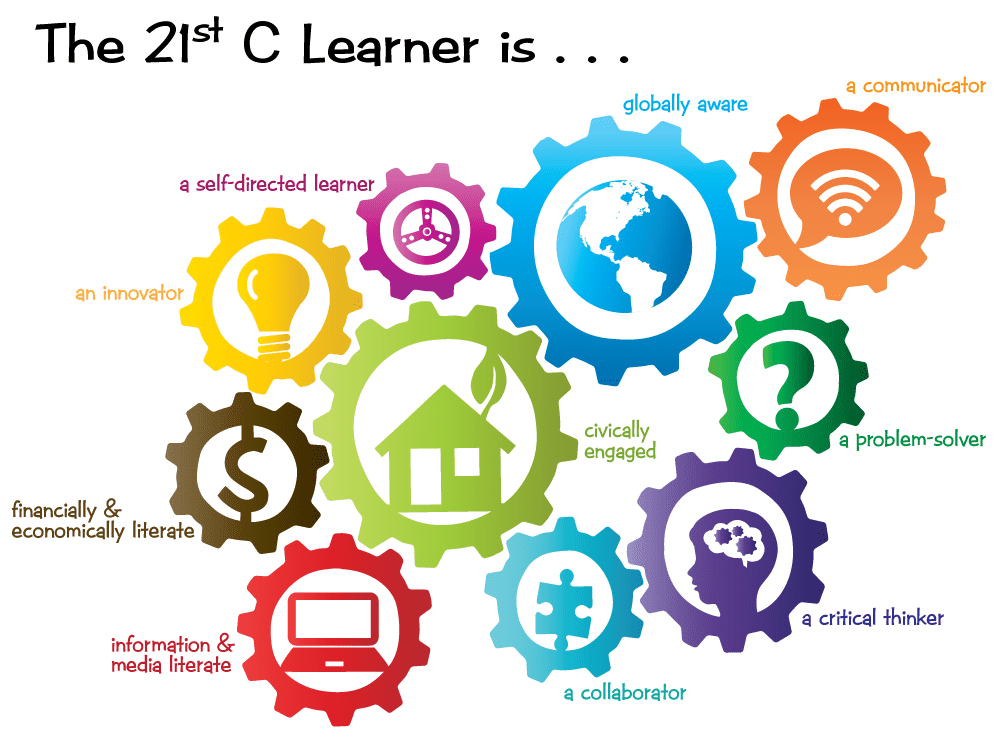
Landscape of the 21st Century
The world has evolved majorly in the last few years, and with it so have the people who live in it. Thinking has radicalized on a political, social, and economic forum. Now we not only think about things differently, but we also approach them with an entirely diverse mindset. In order to keep up with today’s rapidly shifting landscape, each and every person has to approach problems with a direct, focused goal in mind; a solution has to be found, and quickly.
From where do we inherit this way of thinking and application from a young age? There is one simple source: our school. This means that in order to radicalize the way people think and act, you need to condition them, and this is exactly what schools do. In fact, schools are now adopting an entirely different way of teaching; this is necessary if we want to move along with the times.
What Changed?
If we look at learners of the past, we will see that not much effort had to be put in to help them learn. People learnt well with the orthodox way with which they were taught; no one felt an urgent need to switch things up, because everything was going brilliantly already. It was understood that the teacher was the head of the institute of learning; he had been chosen to teach and mentor because he knew all that one needed to know about the subject.
Before, the teacher could not be questioned; the knowledge that he had to offer was the best there was. Students sat back, listened, wrote, and tried to absorb. The whys and the hows were rarely mulled over; it just was what it was. In contrast, learners of the 21st century are being taught to question the person who teaches them, whereas in the past this was mostly a foreign concept.
Now, the focus isn’t directed towards just teaching students; now teachers are also being taught to facilitate students’ learning so that the learning experience can be enhanced as much as possible. Here are some new learning ideas that are being researched and implemented in a number of areas, especially Singapore.
Learning and Pedagogy
Researchers and teachers alike are searching for ways to create an education system that allows them to do things differently while still running like a smooth, well oiled machine. Several factors need to be considered when constructing such a system, and we need to eventually end up with a sort of collaboration; a system that engages, teaches, hones, and develops a learner to the point that he not only understands how to tackle a situation, but is also able to do it when the time comes.
Educators have definitely managed to make some headway in this case. They have created two areas that require their immediate attention: learning and pedagogy. Learning focuses on the following subjects:
• Knowledge building
• Game-based learning (GBL)
• Latest media literacies
Pedagogy branches out to encompass topics such as:
• Models created by students
• Productive failure
• Play and dialogue performance (PDP)
A Collaborative Model: How It is Created
Researchers have found that the best way to come up with a system that facilitates to its full capability is to combine the two main principles of learning and pedagogy. Media literacy and student manufactured models are two aspects which can be merged in order to create one powerful tool – a tool that will put some of the control in the hands of the student.
Research shows that students who engage in online activities such as social networking and chatting are more likely to build up an identity for themselves. Encouraging students to create their own models and find their own information also indirectly asks them to create an identity they are comfortable with, thus increasing the amount of power students wield in the classroom.
Furthermore, combining the idea of GBL with PDP is another brilliant tool in the arsenal that, if employed, will most probably show excellent results. For instance, game-based learning can be implemented during home tuition to allow students to get a lay of the land and will learn how to theoretically handle situations. It will act as a sort of pre-practice session. PDP on the other hand, will provide a full scale landscape for the students to navigate. Teachers will engage and test the students through “dialogue”, and then they will be asked to present their thoughts and ideas in a “play”. Eventually, they will be required to actually venture out and solve the problems they learned to solve during GBL.
Singapore especially, is focusing on developing this sort of system that facilitates and enhances 21st century education. It is inspiring to see how a country with the kind of educational beginnings that Singapore had, is now one of the first to adopt this brand new, radicalized way of teaching and thinking.
